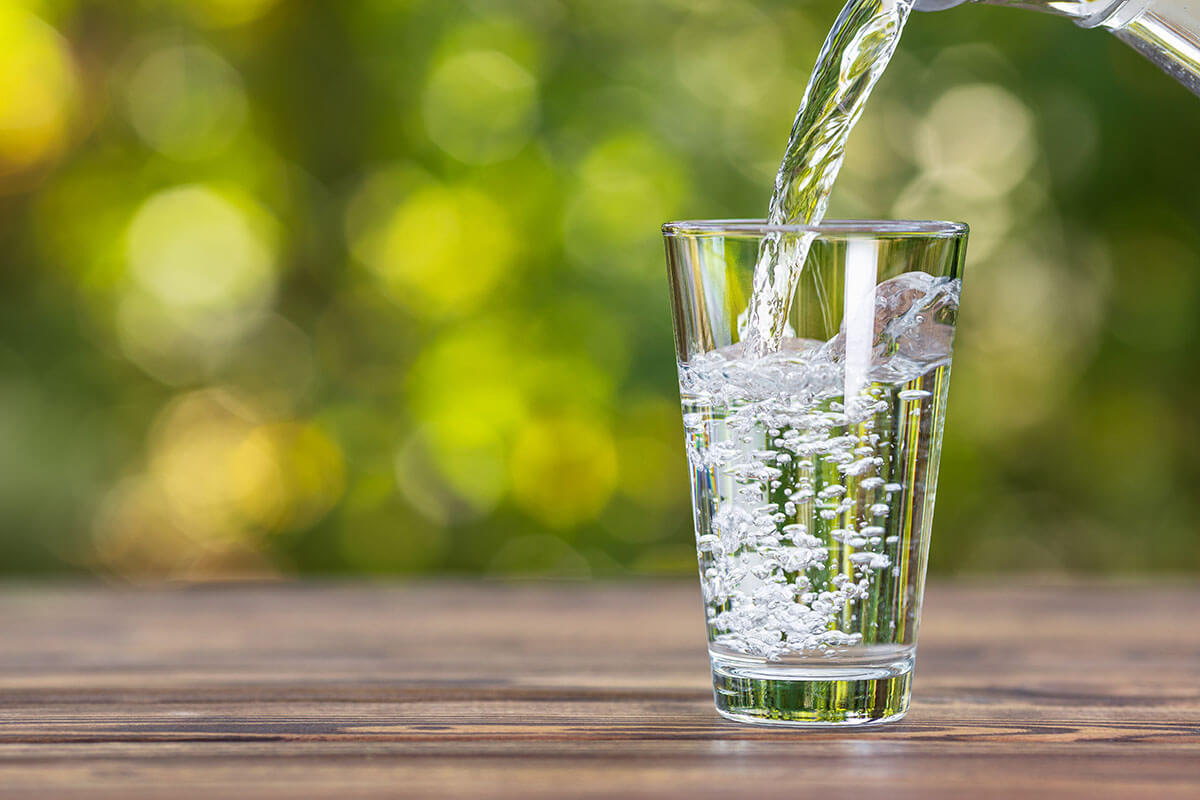
Written by Cherie Furlan-Craievich RD, Food Service Consultant
As we know individuals with dysphagia all have diverse nutritional needs-they can be “nutritionally well” or “nutritionally vulnerable”.
Dysphagia, or swallowing impairment can lead to malnutrition, dehydration, weight loss, functional decline, fear of eating and drinking as well as a decrease in quality of life (1)(2)(3)(4). Individuals who suffer from dysphagia are at risk of dehydration thus require close monitoring of their hydration state and electrolyte imbalances should be addressed quickly (3).
Strategies to Increase Fluids for Individuals with Dysphagia:
- Involve the multidisciplinary team to ensure that dysphagia management considers the risk of aspiration, risk of dehydration and the quality of life for the individual.
- Schedule additional fluid rounds other than snack time and when they are awake at night.
- Ensure they receive a daily intake of a minimum of 1500 ml of free fluids in 24 hours.
- Ensure they receive 75% to 80% of fluid intake with meals and 20% to 25% at other times such as during medication or snack rounds.
- Offer a variety of fluids especially their preferred beverage of choice to increase their fluid intake. Check in with their families to determine their thirst and drink preferences i.e., coffee with two sugars and milk.
- Ensure their drinks are within reach of them at meals and snacks.
- Ensure thickened water is readily available at meals and offer it every 2 to 3 mouthfuls of food.
- Utilize a standardized minimum amount of 100 ml of fluid per medication pass as part of your organization’s protocols
- Plan “happy hours” or “teatime” in the afternoon where they can gather for fluids, snacks, and socializing.
- It may also be appropriate to consider a free water protocol; this permits and encourages oral intake of water for some but not all individuals with dysphagia. Evidence suggests that a water protocol, when used appropriately, can improve hydration and quality of life without an increased risk of pneumonia. (3)(4).
- Use appropriate assistive devices i.e., two handled mugs, spout cup, to maintain their independence to hold a cup or swallow.
- Offer a drink at the end of each meal to cleanse and refresh the mouth.
- Minimize the intake of thickened tea and coffee due to dehydrating effects of caffeine as it has little nutritional benefits other than fluid intake. Better yet, serve decaffeinated coffee/tea like THICK & EASY® Thickened Decaffeinated Coffee & Tea Powder.
- Consider trialing different thickening agents to see if they are preferable. Gum-based thickeners like THICK & EASY® Clear Instant Food & Beverage Thickener are clear compared to the cloudy appearance of starch-based thickeners and may, therefore increase visual appeal and palatability (4).
- The use of pre-thickened drinks like THICK & EASY® CLEAR Thickened Beverages should also be considered as they have been demonstrated to improve oral fluid intake likely due to ease of preparation as well as palatability (4).
- Encourage staff to provide verbal prompts to them, as well assist them by lifting their cup to their mouths and with taking appropriate sized mouthfuls.
- Keep a daily fluid diary with hourly targets agreed by the individual and the multidisciplinary team.
- Provide them with a water bottle with fluid markers and help prompt the individual and provide them with motivation.
- Set reminders and alarms on their phone/timer to provide them with prompts to have regular sips of fluids
- Offer high fluid content foods at meals and snacks i.e., soups, pudding (72 % free water), plain yogurt (85 % free water), unsweetened applesauce (88 % free water), pureed cottage cheese (81 % free water) and Magic Cups (45% free water) as a source of fluids (5).
Hydration is an important factor to consider when caring for individuals who are on
thickened fluids. A variety of strategies should be trialed when considering their hydration plan to maximize their fluid intake to order to reduce their risk of dehydration and improve their quality of life.
References
1. Wirth R, Dziewas R, Beck AM, Clavé P, Hamdy S, Heppner HJ, Langmore S,
Leischker AH, Martino R, Pluschinski P, Rösler A, Shaker R, Warnecke T, Sieber
CC, Volkert D. 2016 Feb 23. Oropharyngeal dysphagia in older persons – from
pathophysiology to adequate intervention: a review and summary of an international
expert meeting. Clinical Intervention Aging, 11:189-208. DOI: 10.2147/CIA.S97481
2. C Gallegos 1, E Brito-de la Fuente 2, P Clavé 3, A Costa 4, G Assegehegn
2016 Dec 23. Nutritional Aspects of Dysphagia Management. DOI:
10.1016/bs.afnr.2016.11.008
3. Emilie Reber 1, Filomena Gomes 2, Ilka A Dähn 3, Maria F Vasiloglou 4, Zeno
Stanga 1. 2019 Nov 8. Management of Dehydration in Patients Suffering Swallowing
Difficulties. Journal of Clinical Medicine; 8(11):1923. doi: 10.3390/jcm8111923
4. Connolly, C, Welsh, D. 2019 July/Aug. Managing Hydration in Dysphagia: A Practical
Guide. Oxleas NHS Foundation Trust, UK; CN Vol.19 No.3 Jul/Aug 2019
5. Canadian Nutrient File.: 2021-12-28. Government of Canada